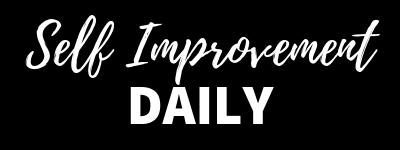
You may have heard of the phrases Cognitive Behavioral Therapy (CBT) or Cognitive Behavior Modification (CBM) plenty of times, in the context of self improvement and stress, fear or anxiety reduction.
CBT is a therapeutic technique that works on the principle that modifying one’s thoughts can eventually lead to an alteration in one’s behavior.
It works on the idea that our thought patterns form the basic core of how we feel and react to various situations – which is what our behavior is.
Without necessarily delving into our past, the therapy analyzes the ways we currently auto-react to situations, and focuses on changing those underlying thought patterns, resulting in a corresponding behavior change.
CBT combines the techniques to change the way we currently think, which forms the basis for our emotional responses, along with the techniques to eliminate undesired behavior and reinforce desired behavior.
In other words, it is an amalgamation of cognitive therapy and behavior modification therapy – hence the name Cognitive Behavioral Therapy.
IS COGNITIVE BEHAVIOR MODIFICATION EFFECTIVE?
CBT has been studied extensively in recent years, and there has been enough experimental evidence that suggests that cognitive behavioral therapy can effectively treat certain conditions and disorders.
The U.S based non-profit support organization National Alliance of Mental Illnessstates that CBT has demonstrated its usefulness for a variety of problems related to mood, personality, anxiety, panic, eating disorders and even substance abuse.
Further, National Institute for Health and Clinical Excellence even recommends CBT as a treatment of choice in U.K, for issues like PTSD, OCD and depression.
It has been reported that for some of these conditions, CBT has demonstrated a high rate of success, and its effectiveness lasts much longer than other therapies or using just medications alone.
HOW DO CBT TECHNIQUES WORK
If you are consistently suffering from anxiety or panic related problems, it’s possible that you may be experiencing certain thought patterns that are either causing the condition, or are getting in the way of your recovery.
In such cases, Cognitive Behavioral Therapy may help. It may take several therapy sessions to identify those negative or exaggerated thought patterns that are triggering your anxiety or panic.
CBT involves consciously observing your thoughts by monitoring them closely, thereby catching in the act the negative patterns that may be causing your anxiety symptoms, and replacing them with corresponding positive thoughts or actions.
Behavior modification works on the philosophy of facing your problems or fears, and consciously working through them, instead of avoiding them. As you slowly figure ways to work through fears and deal with your anxieties or panic triggers, your little successes contribute to your confidence, which grows leading to your full recovery over time.


